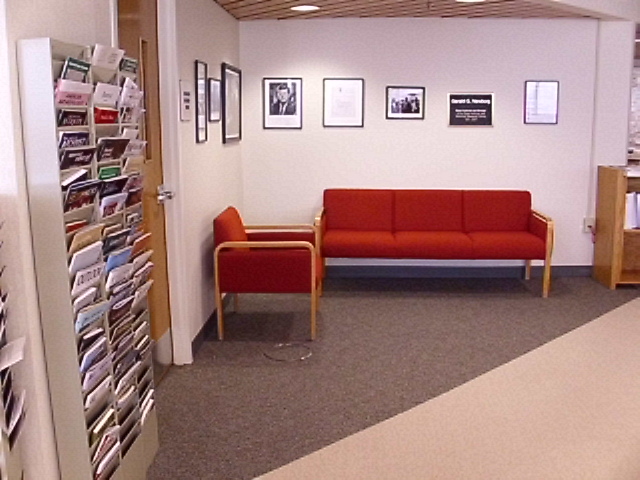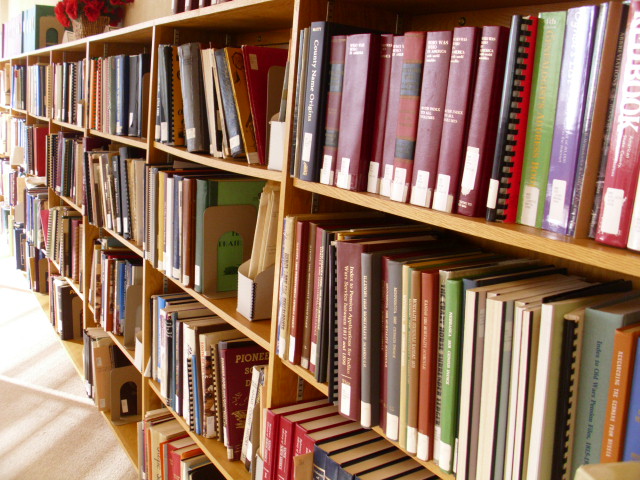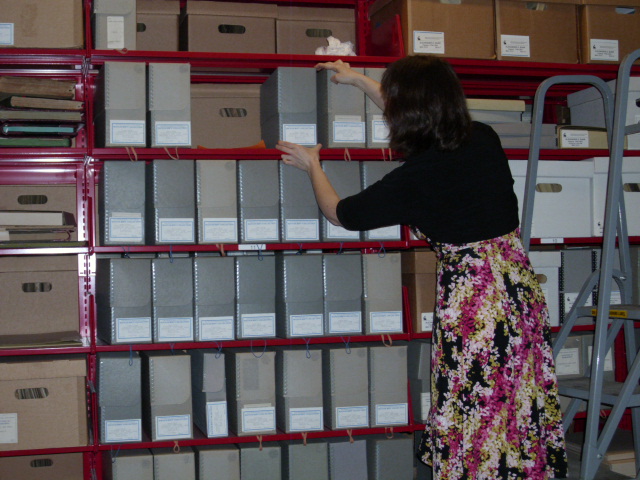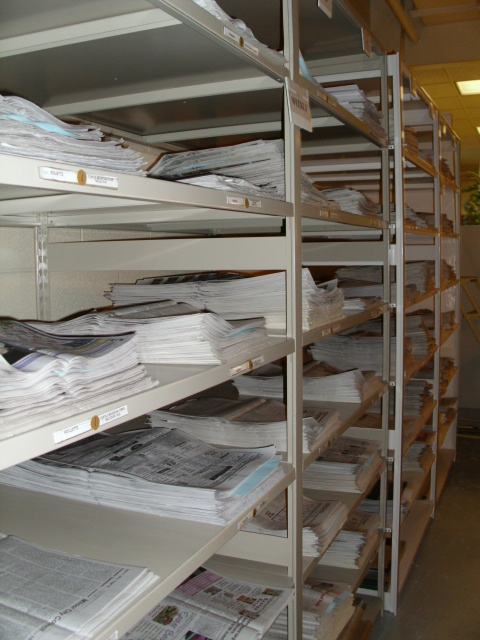When I started working at the State Historical Society (as an intern in the summer of 2006; two years later, I became fulltime staff), I had been in the building before, but not behind the scenes. I received a whirlwind tour just a few weeks prior to being hired. It seemed like a huge maze. So the night before I started, I had this dream in which I wandered the underbelly of the Historical Society for days, coming across various “camps” (I can only assume this referred to our different divisions, like Archaeology and Historic Preservation, the Museum, and of course the Archives, where I was headed), where people were dressed in late 1800-style period clothing, living off the land, lighting camp fires, singing old songs to the stars above….
Needless to say, it’s not really like that here, although I have no problem donning vintage costumes (and at various times, I have). For a facility dealing with the historic, we stay relatively modern. In fact, the Archives gained its portion of our present expansion in 2007. (FYI—the term “Archives” can be both singular and plural. This post relates to the Archives as a location, and as it is one location, I will be using it in the singular form). We mainly received more elbow room, gaining a meeting area, office spaces and doubling the storage capacity…though we also increased the size of our public research area, the Orin G. Libby Memorial Reading Room, by the amount of one cozy nook.
This is the size of our cozy nook. It is named after Gerald Newborg, who was the State Archivist at the time. We planned to put some displays in here; right now, we have images from the Myron H. Bright Manuscript Collection (MSS 11075) up on the walls. This collection includes political ephemera and photographs. You can read more about the collection here on our website.
Two of my coworkers and I work in the Reading Room in shifts, assisting patrons with their research in person and through email, phone and regular mail. I also work with our audio collections, conduct oral history interviews, and do other tasks as assigned—such as giving tours of the Archives.
Whenever groups visit, I like to ask if anyone knows what an Archives is. Typically, very few hands go up in the air. A hesitant answer is given—“I think you have books?”
Yes, we have books. And journals, periodicals…
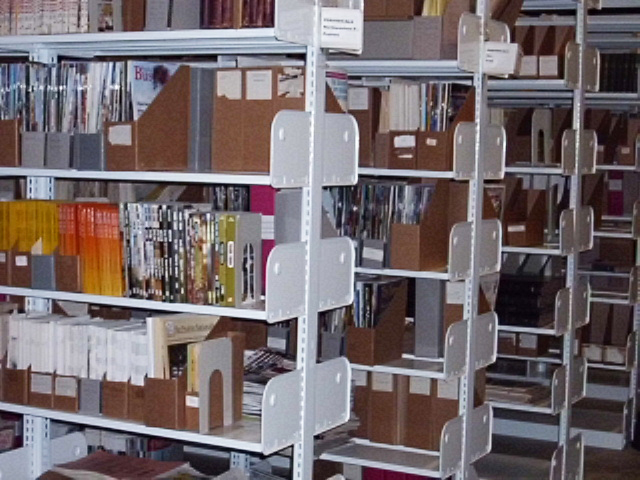
Head of Technical Services Rachel White reported the Archives recently accessioned its 100,000th book into the collections. We also have approximately 1800 different titles of periodicals. A selection of these books can be found in our Reading Room, but most of them are stored in the temperature-controlled stacks area.
Photographs, maps, audio and video footage…
Archives Specialist Lindsay Schott is cleaning some film that she is working with in her office. The audio and video collections are selectively digitized as staff time permits. They, plus the photo collections and microfilm masters, are stored in a temperature-controlled area. The freezer located in this space does not hold ice cream, unfortunately, but does a good job of stopping deterioration of film that is in pretty bad shape. We keep acetate and nitrate films and photo negatives in the freezer.
Not to mention the loads upon loads of manuscript collections, local government records, state government records…
Our collections are stored in the stacks area. We have over 100 rows of compact shelves which roll back and forth, allowing us to store more collections in a smaller space. Collections that are stored on the higher shelves have to be retrieved through use of a ladder if you are of average size or shorter, such as I am. You can see different sizes of boxes here; we fit the box to the collection. If we need to add to it, we are always able to do so.
Did I forget newspapers?
We receive daily and weekly newspapers from each county around the state. We store them until we have enough to put on a roll of microfilm. Newspapers are essentially acidic, so we microfilm them to preserve them. You can learn more about that here.
You get the drift.
Here in the Archives, we strive to collect and protect these types of “flat” materials. We’re sort of like a paper museum. Not a museum made out of paper—that could get messy. Especially during a spring thaw! But just like a museum, we collect, store, and provide access to items that document the past. We try to give our objects the longest, happiest life possible. We keep them cool and dry, in a darkened environment. We house them in boxes, folders and sleeves. And then we try to make them as accessible as possible.
Of course, everything at the State Historical Society of North Dakota relates directly to North Dakota, Dakota Territory, and the Northern Great Plains, so you probably won’t see your cousin’s step-father’s friend-from-Oklahoma’s family pedigree chart here. However, you can listen to Francis Densmore’s recordings of Arikara, Hidatsa, and Mandan; you can view a newspaper from Grafton, North Dakota, from 1882 (on microfilm); you can search through scanned images of North Dakota’s past.
Once you overcome the maze, you start to learn how much there is to discover. You will see the “secrets” each division holds—the keys to our past, present, and future.


